This article describes the concepts and steps to setup AWS RDS SQL Server (Relational Database Service) — a web service which gives the ability to set up and scale relational database within AWS.
Read more »
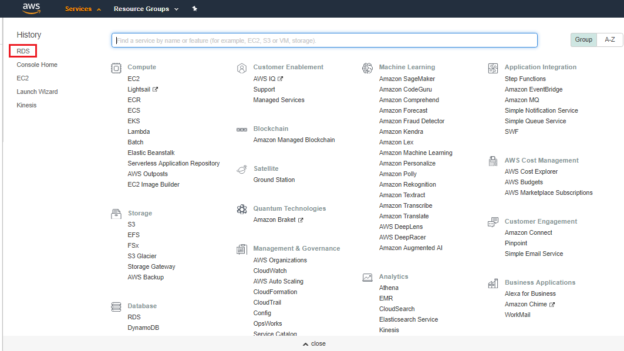


This article describes the concepts and steps to setup AWS RDS SQL Server (Relational Database Service) — a web service which gives the ability to set up and scale relational database within AWS.
Read more »
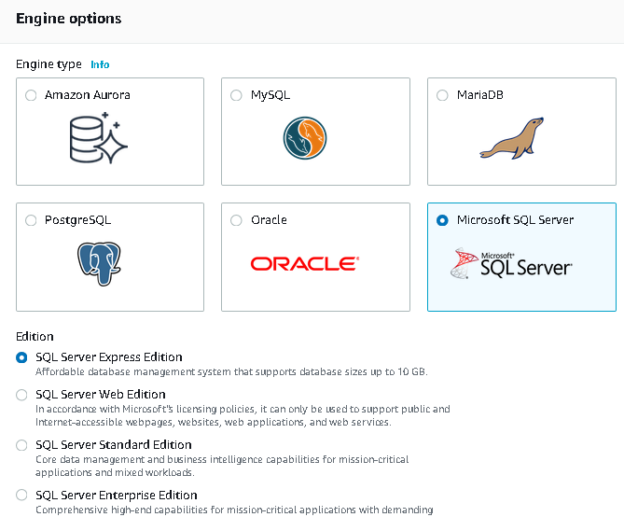
This article deploys a new AWS RDS SQL Server using the AWS CLI command: create-db-instance.
Read more »
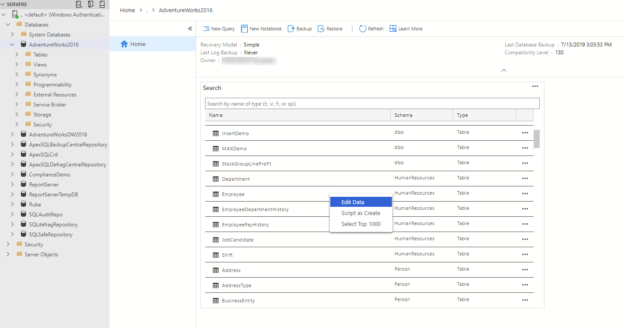
In this article, we will introduce the Azure Data Studio in a way that makes it easy for you to start using it. Enjoy the reading!
Read more »
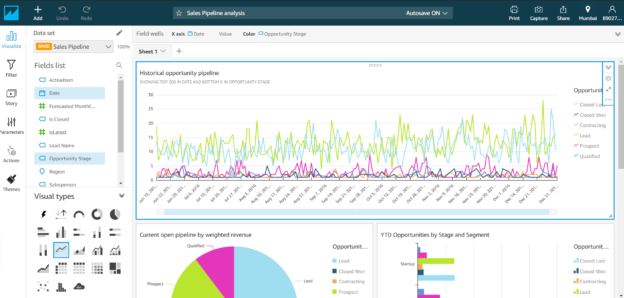
In this article, I am going to introduce Amazon QuickSight and how to visualize data using it. Amazon QuickSight is a data visualization tool offered by Amazon hosted on AWS and is available across multiple locations. As per the statement provided on the official website it says: “Amazon QuickSight is a fast, cloud-powered business intelligence service that makes it easy to deliver insights to everyone in your organization.” Using QuickSight, users can create different analyses and then integrate those in a dashboard and share them with people within the organization.
Read more »
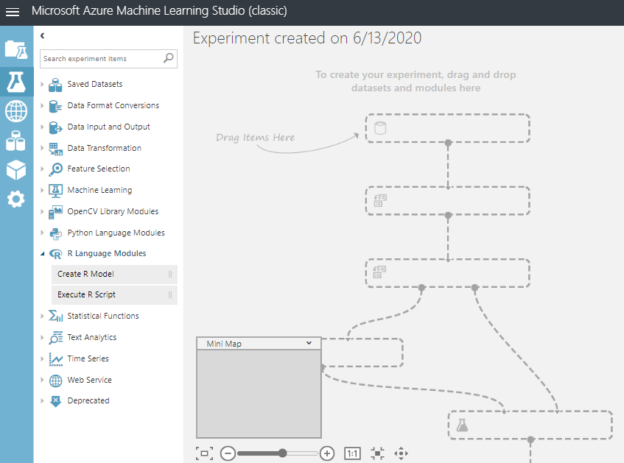
Let us see how Azure ML studio can be used to create machine learning models and how to consume them in this series. As we discussed during the data mining series, we identified the challenges in the predictions in data. In the Azure Machine learning platform, machine learning workflows can be defined in easy scale models in the cloud environment. Today will be looking at how datasets can be uploaded.
Read more »
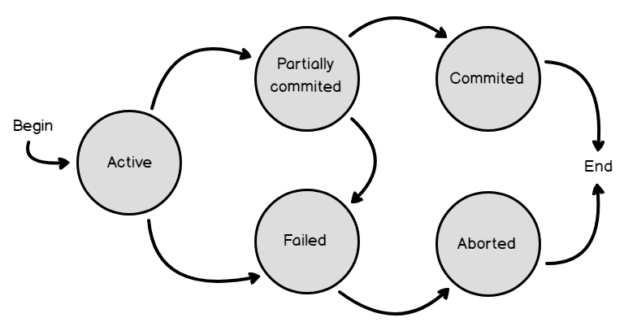
In this article, we will explore the process of rollback an explicit SQL Server transaction. We will also explore the difference between explicit and implicit transactions.
Read more »
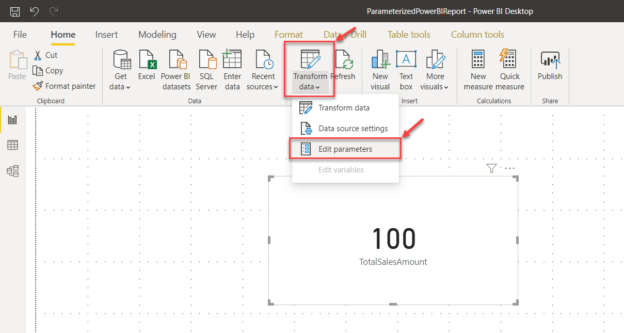
In this article, I am going to explain how we can develop parameterized Power BI reports locally and then migrate the same report across multiple environments, like development, QA, and production. Parameterized Power BI reports are essential because we can use the same report to develop the charts and the KPIs and then provide the same report to the QA who will test it on a separate environment and finally when the testing is completed, it can then maybe provided to an administrator who can publish it to the production workspace.
Read more »

When dealing with SQL Server performance tuning waits, we may see RESOURCE_SEMAPHORE waits along with other related monitoring that indicates memory as a possible pain point for our server (such as the below image that shows memory being one of the top waits overall).
Read more »
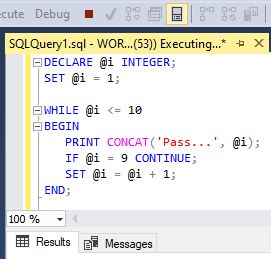
Loops are one of the most basic, still very powerful concepts in programming – the same stands for SQL Server loops. Today, we’ll give a brief info on how they function and introduce more complex concepts in upcoming articles of this series.
Read more »
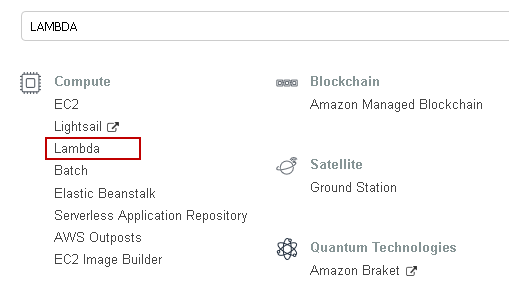
This article gives you an overview of the AWS Lambda function to automatically start and stop AWS RDS SQL Server.
Read more »
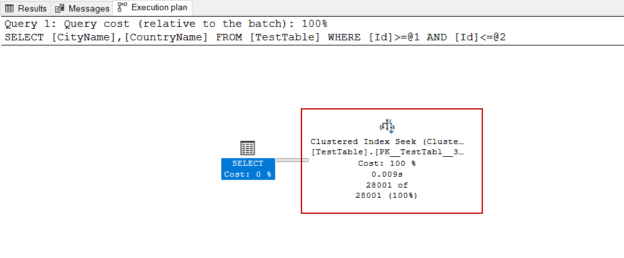
In this article, we will analyze a simple T-SQL query execution plan with different aspects. This will help us to improve our practical skills instead of discussing theoretical knowledge.
Read more »

This article explores the process to stop an AWS RDS SQL Server using web console and AWS CLI.
Read more »
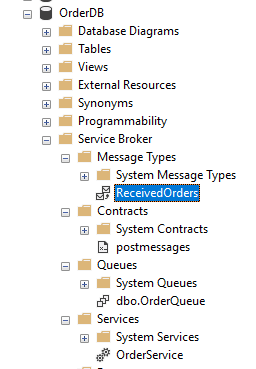
In the real-world implementation of SQL Server of an enterprise system, it always needs to implement data in multiple databases. In most of the cases, a single transaction will span across multiple databases. If there are multiple databases, there will be performance issues and implementation issues during the cross-database transactions. However, with the use of SQL Service Broker that was introduced in SQL Server 2005, you can implement asynchronous transactions between databases.
Read more »
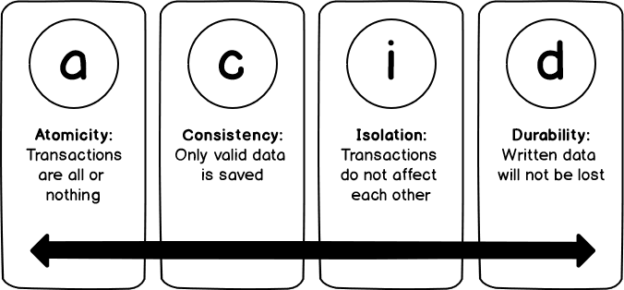
This article gives you an overview of Unique Constraints in SQL and also the Unique SQL Server index. Along the way, we will look at the differences between them.
Read more »
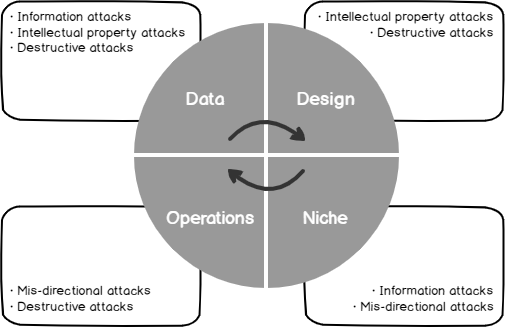
When we create an environment and consider our security testing from development to production and how changes are deployed throughout each environment, we want to consider what we’re protecting and how much resources we’ll devote to this protection. Every company has limited resources, so protecting against all possible threats will not be something we can achieve.
Read more »

In this article, I am going to explain how to create an AWS Lambda function and then call this function from another Lambda function within the same region. This is a useful scenario in which we may need to execute a second lambda function based on the outcome of some previous logic. Another scenario may be to execute a second lambda function several times by using different parameters.
Read more »
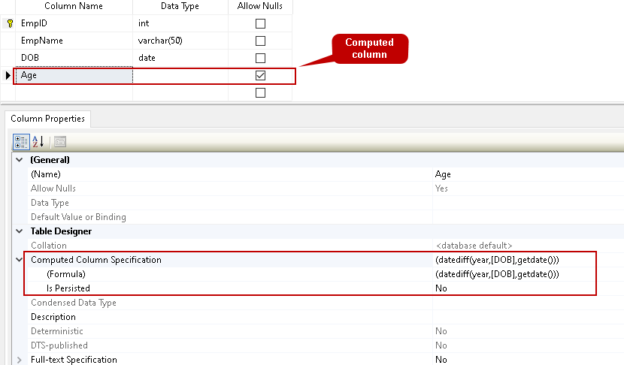
In this article, we will explore computed columns in SQL Server and their configurations.
Read more »
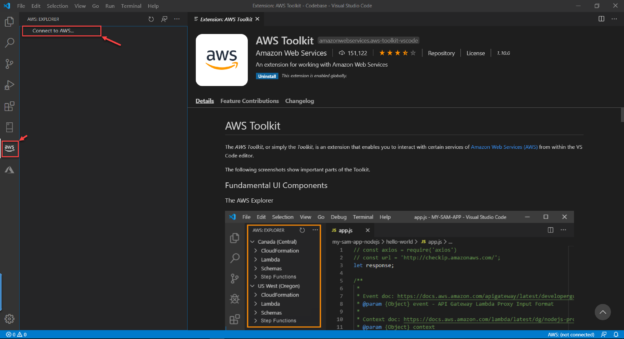
In this article, I am going to explain how to start using the AWS Toolkit for Visual Studio Code to develop serverless functions locally. Serverless applications or functions gives us the ability to develop, test and execute code in the cloud without having to worry about the underlying infrastructure. These applications are scalable which means we can easily increase or decrease the resources consumed by them. AWS Toolkit for Visual Studio Code is an extension available for Visual Studio Code using which we can directly communicate with the resources on Amazon within the code editor.
Read more »

In this article, we will learn the basics of Parallel Execution Plans, and we will also figure out how the query optimizer decides to generate a parallel query plan for the queries.
Read more »
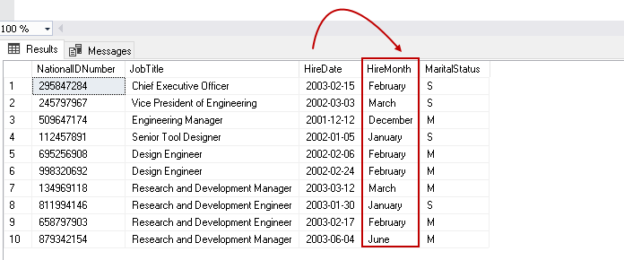
In the article, a CASE statement in SQL, we explored one of the important logical expressions – the Case statement in SQL Server to return the values based on the specified condition. Today, we will talk about another useful logical Choose() function in SQL Server 2012 onwards and its comparison with the Case statement.
Read more »
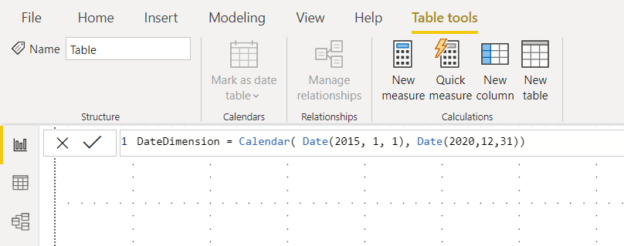
In this article, I am going to describe how to use a date dimension table in Power BI. Using a date dimension table becomes extremely important while visualizing facts and figures over some time in the calendar. Sometimes it is possible that we do not have the continuous date values in our dataset that we are trying to work upon.
Read more »

In this article, I am going to explain in detail about actions and tasks in the SQLPackage Utility. In my previous article, I have explained the overview of the SQLPackage utility. The SQLPackage utility is a command-line utility tool provided by Microsoft to automate SQL Server database deployments. Since this utility is cross-platform, you can easily install it on any operating system of your choice. SQLPackage actions are the types of functions that we can achieve with this utility. You can install this utility directly on any production server and it can be used as is. You can find more information about this utility and SQLPackage actions from the official documentation from Microsoft.
Read more »
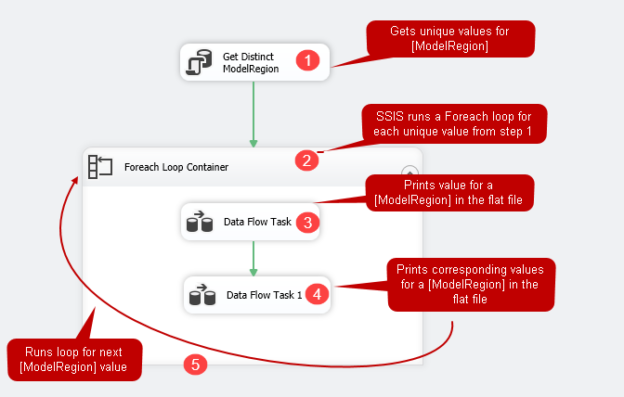
In this article, we will configure an SSIS package to generate a composite output in the flat-file destination.
Read more »
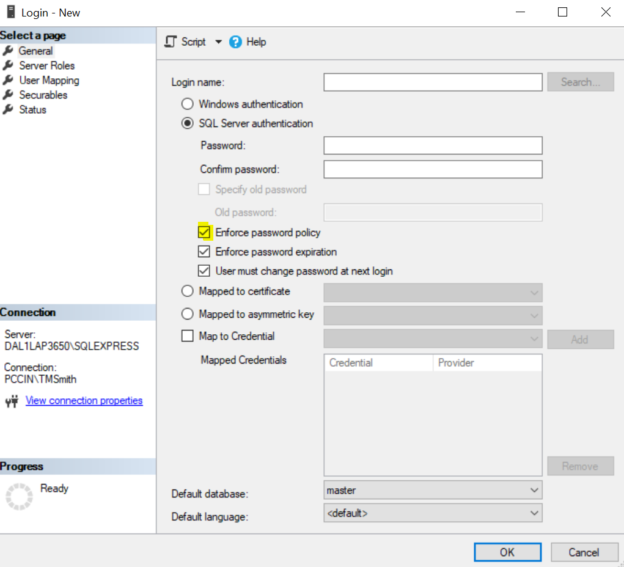
In this article, we’ll look at using the built-in PWDCOMPARE function in SQL Server for security testing passwords. While this tool may seem like it exposes a weakness in Microsoft SQL Server because we can test for passwords, it should be of note that an attacker could do the same attack by attempting to login to our database server assuming the attacker was able to access a connection to it. Therefore, this function does not increase the risk of an attack on SQL Server but does help us identify possible weaknesses in our environment so that we can quickly mitigate these risks. In addition, we’ll also combine this with other related tools in SQL Server to help us with logins.
Read more »
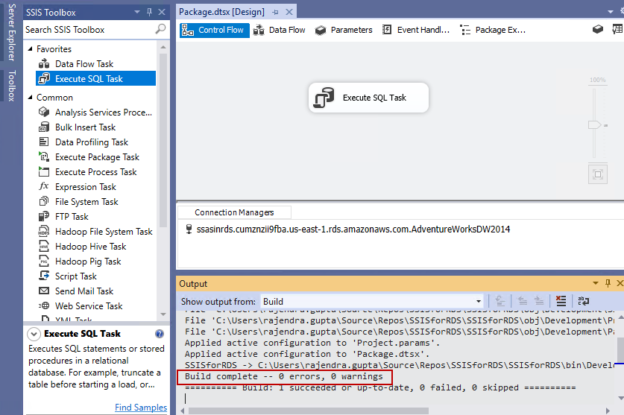
In the first part of the article, Explore SQL Server Integration Services (SSIS) on AWS RDS SQL Server, we understood that AWS RDS SQL Server supports SSIS functionality starting from May 19th, 2020.
Read more »© Quest Software Inc. ALL RIGHTS RESERVED. | GDPR | Terms of Use | Privacy